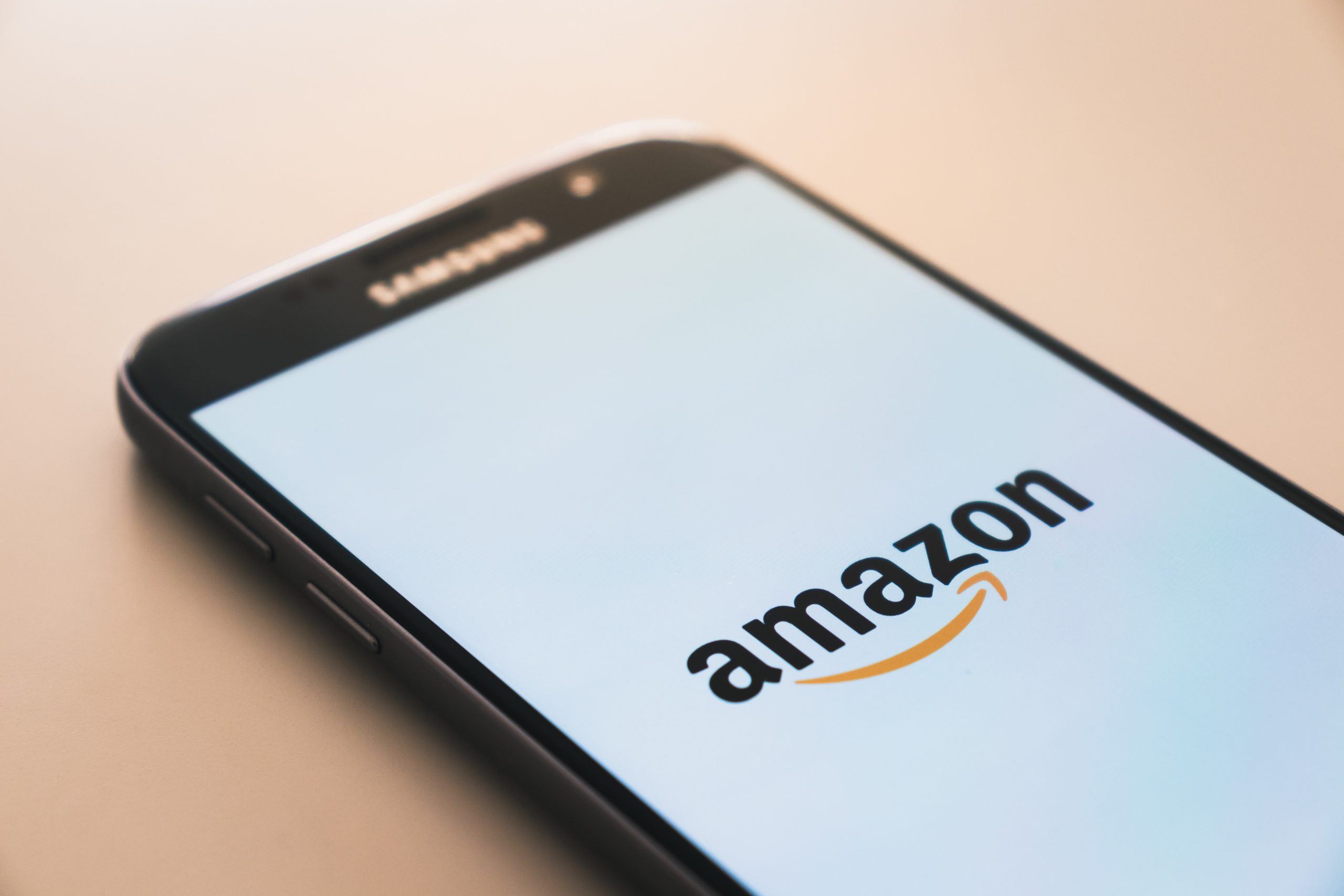As of 2021, organizations in the U.S alone have spent $332 billion on their digital marketing activities. These include online ads and SEO efforts to get their product in front of the customer. One of the most effective uses of digital marketing tactics can be seen on the Amazon marketplace.
It allows organizations to show potential consumers their product or service in hopes of more sales and conversions. Amazon ads give you several targeting options, but there is a strong need for expertise to effectively put your product or service in front of the right people. This article will break down Amazon ad targeting and how you can effectively use it to improve your sales.
Automatic Vs. Manual Targeting
Each of these methods has its pros and cons. For example, while automatic targeting can get you in front of many people, manual targeting can make your ads more specific and help you control your ad spend. If you are just starting off, automatic targeting can help you put in the groundwork for your ads.
Amazon has one of the best algorithms when it comes to ad targeting. However, it’s still advisable to take control of your keywords, selecting and inputting them on your own as per the advertising needs of your brand. Manual targeting allows you to use product related keywords and ensure that your ads are displayed only to relevant and interested audiences. This improves the click-through rate and improves efficiency. The following section will discuss how each method works and how it can help you get your ads in front of the right people.
Automatic Targeting
Automatic targeting allows Amazon to match keywords to your ads. It’s also possible to automatically show your ads for specific products by matching them with people who have searched for products like yours. Depending on your advertisement goal, whether to build awareness of a new product in a different category, expand reach, or show sponsored products, automatic targeting can help you get your product out into the world. To use automatic targeting, you need to pick a matching type that will help your product the most. Amazon offers several options to choose from, as per your requirements. For example,
- Close match targeting can allow you to show your ads for search terms that are related to your product.
- Loose match targeting allows you to display ads that can loosely be matched to your product.
- Amazon can display ads on product detail pages similar to your product where your product is shown as a substitute.
- If your product compliments another product that the consumer is viewing, Amazon can show them an ad to promote the sale.
This method works best for products where keywords are unknown and the brand wants to build awareness. The Amazon algorithm is one of the best globally and offers reliable automatic targeting that can yield decent results. However, it is not enough to only use this method for the long term. For better and more refined targeting, use manual methods of ad targeting.
Manual Methods
Manual targeting works best when the business has conducted thorough keyword research and prepared a list of keywords that allow them to specifically target their product according to ASIN (Amazon SKU) or product category. Amazon allows you to incorporate your chosen keywords specific into the ASINs or categories. Manual keyword input ensures that your product is displayed in front of relevant people. This is taken a step further when targeting by category, as you can refine targeting by price, product type, brand, and even star rating. Although there are several targeting options (keyword, ASIN, category), they cannot be used simultaneously in a campaign. Vendors are allowed to use only on targeting per campaign. This also opens the door to A/B testing, giving you meaningful insight into what type of targeting works best for your product. The best time to use manual targeting is when you have the following:
- List of keywords
- List of product categories
- List of price point,
- Customer reviews
- A fixed spending budget
- Individual optimization for products that get results from automatic targeting campaigns
Manual methods improve targeting and can help you focus your ads on people with a higher propensity to purchase your product. Additionally, it lets you create a stand-alone campaign for a product based on keywords or categories and improve automatic campaigns.
Selecting The Right Keywords On Amazon Marketplace
Amazon allows you to input your keywords. This can be either done from Google ads or a suggested list of keywords from Amazon itself. These suggested keywords are derived from the search queries related to your product and pull in traffic to your campaign’s specific type of ASINs. (Keep in mind, these keywords are for a broad match and cannot be altered, so proper keyword research is key to refined results). The advertising console of Amazon can allow you to input your own keywords with the help of bulk operations and APIs. Moreover, advertisers have an option of targeting based on product, ASINs, or categories.
Product Targeting
Product targeting pertains to only sponsored products, and this option offers vendors more control over who sees their product. In fact, it allows your ads to appear on a specific products detail page and search result. Manual targeting with the right keywords can help you keep your campaign focused. This eliminates the instances of irrelevant ads shown to a consumer. The relevance of these ads increases the probability of a potential consumer clicking your ad and buying from you. Interest shown can also help refine other marketing activities; for example, if a person clicks your ad, it shows that they want to know about the product.

This person can later be targeted for other marketing activities.
Targeting By SKUs
ASINs are a unique identification number for each product assigned by Amazon itself. Think of them like an SKU or inventory code. The vendor can get a list of individual products similar to your product through ASIN targeting to improve visibility. These ASINs can be substitutes for your products or complement your product. For example, if you are selling gaming products, you can show ads for a gaming mouse and keyboard to anyone looking at the ASIN of a gaming PC.
These two products go hand-in-hand, and the probability of purchase increases due to the relevance. However, it is still important to note that you need to thoroughly check the ASINs you are targeting to avoid irrelevance.
Targeting By Category
Categories are group ASINs that are organized by similarity. Through Amazon Vendor Central, you can control the number of ASINs in your category and refine them to ensure success. This way, you only get to target ASINs related to specific brands, prices, and star ratings.
These modifications let you create criteria for when Amazon should show your ad. An example of this is targeting based on star reviews. You can set your ad to be displayed only on product pages that have a 5-star rating. The same is the case for a specific price range or even a brand.
Negative Product Targeting
Category and ASIN targeting dictate where your ad should be shown, and negative keyword targeting dictates where the ad should not be displayed. This allows you to keep your ads away from detail pages and search results that do not meet your goals. Restricting your ads from appearing in searches for specific keywords or products allows you to block irrelevant traffic from coming to your page.
Filtering out keywords and products can help align your traffic with your performance goals. Bear in mind that this option is only available for sponsored products and cannot be applied to sponsored brands. For example, you can keep your negative target keyword as a brand name for another product that you also sell. This way, you are not pulling traffic away from your product.
Key Takeaways
At present, there are about 5 million Amazon sellers, out of which only 140,000 enjoy a large number of sales. Therefore, the way to reach success in the Amazon Marketplace is through proper ad targeting. Most sellers run into irrelevant traffic, which leads to sales decline and an audience that is not interested in buying their product. Through proper targeting, this can be minimized to improve sales and click-through rates.
The Amazon Seller Central offers many options for targeting your ads. These include automatic means (which can still be reliable based on Amazon’s own algorithm) or through manual keyword or product targeting. These methods have their own pros and cons, so it’s best to select an ad targeting method that best suits your marketing needs and gets appropriate responses from the audience. Your success depends on how well you use Amazon to target your ads and divert audiences to your products, improving sales.
